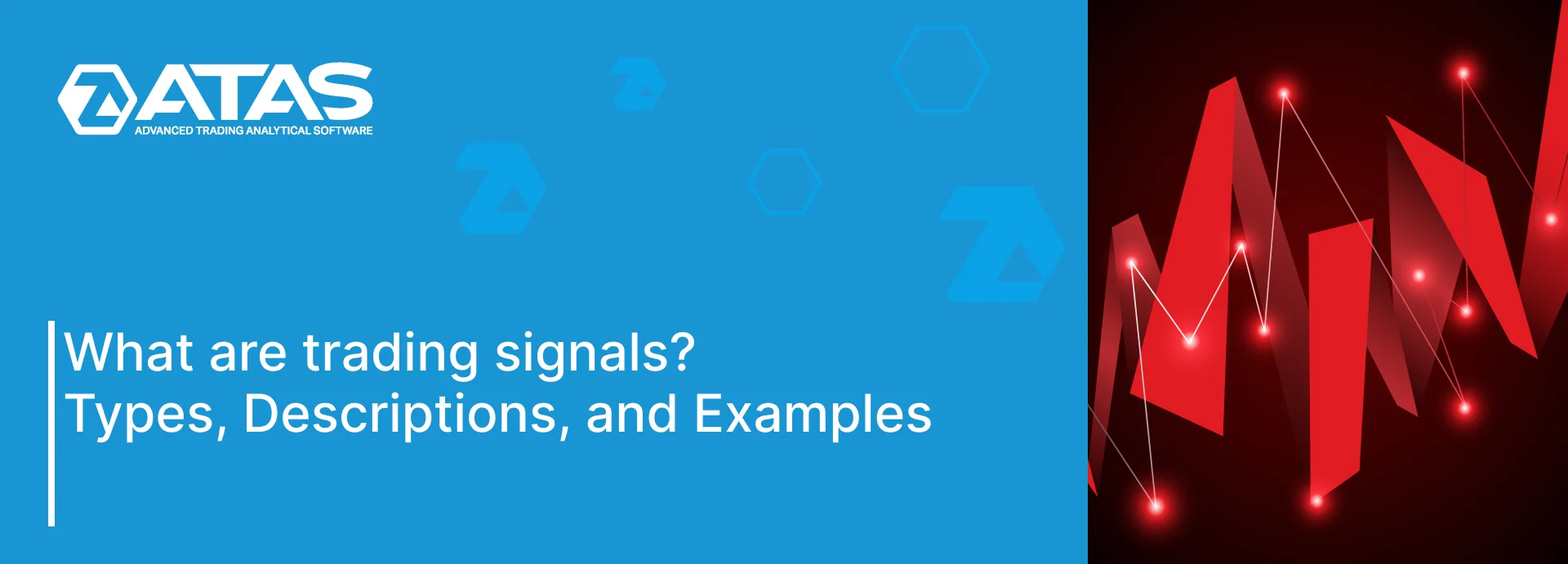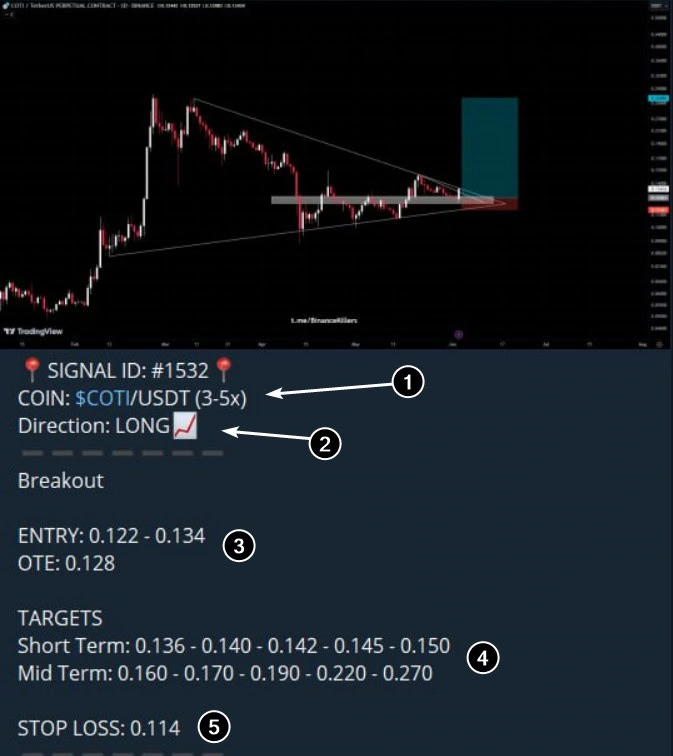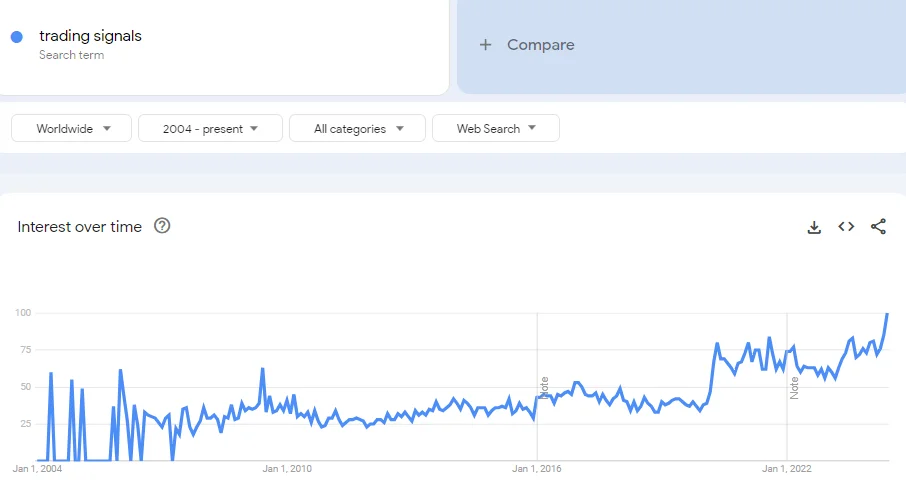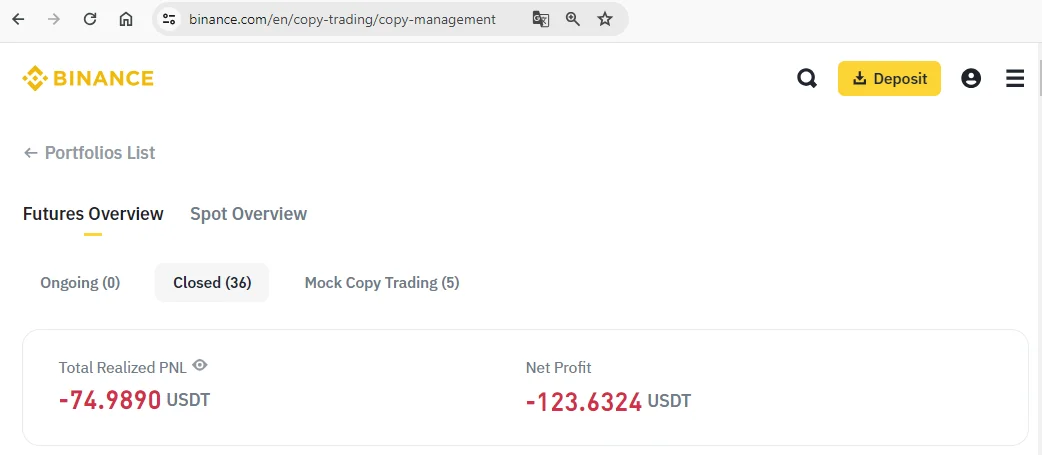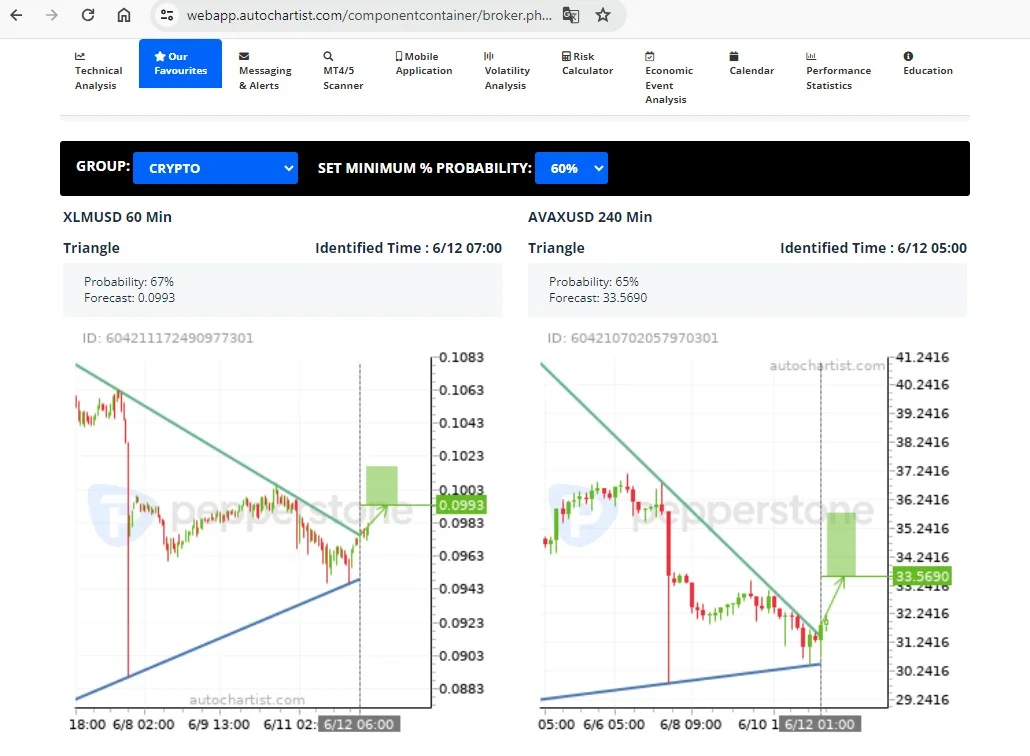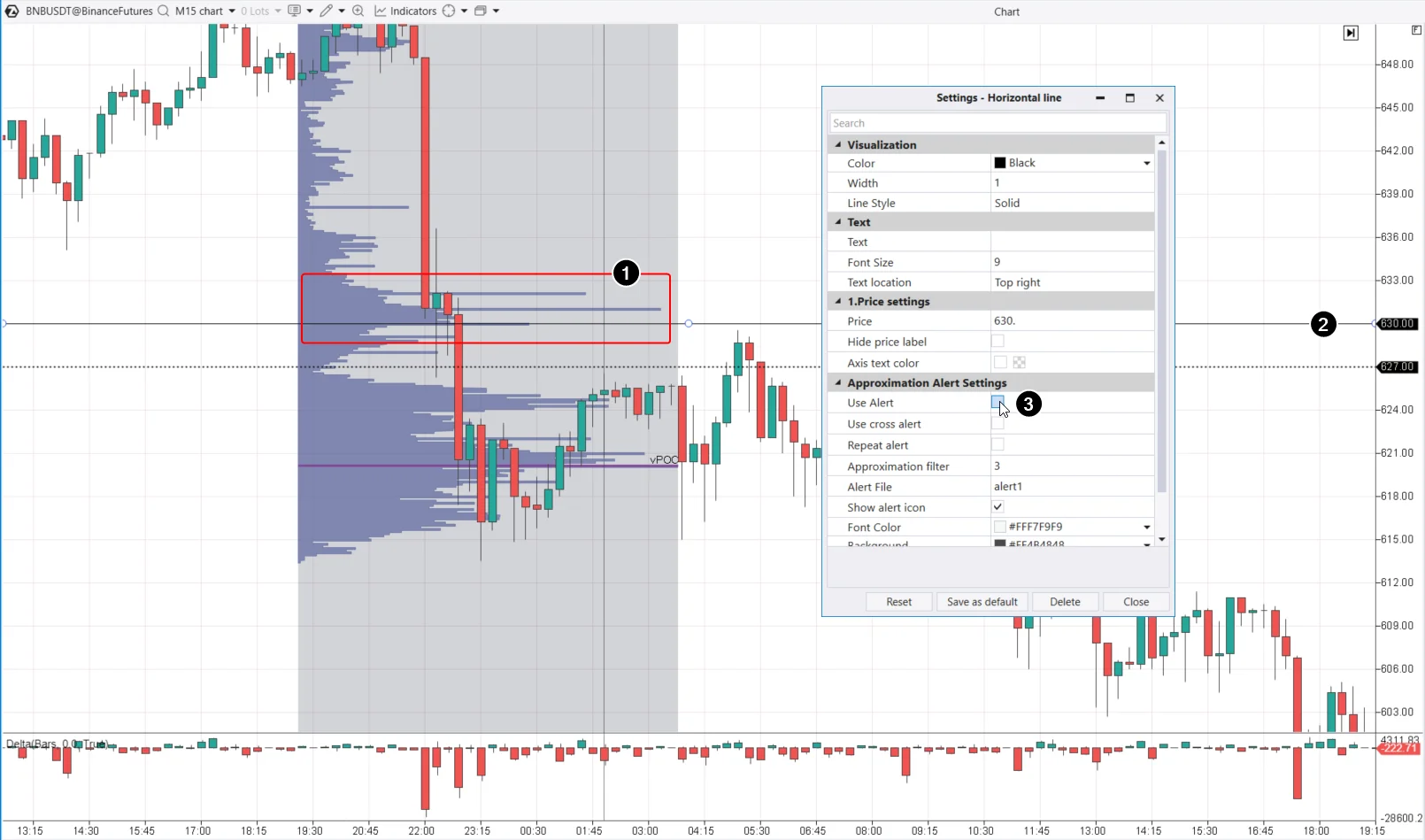Explore a wide range of signal providers. Analyze providers’ statistics: historical profitability, maximum drawdowns, trade frequency, and feedback from other users.
To choose reliable trading signals:
- Study the trader’s statistics: profitability, maximum drawdown, percentage of successful trades, and trading style (aggressive or conservative).
- Check the trading history: how long they have been in the market and the consistency of their results.
- Gather opinions from other users and check the provider’s rating on the platform.
Start with a demo account. Before investing real money, test the signals (if available) to understand how they work and determine if their strategies suit you.
Define your risk level:
- Set an acceptable risk level for your account.
- Only invest what you can afford to lose without regret.
- Adjust risk parameters, such as stop-loss (if available), to automatically stop signal trading during unacceptable drawdowns.
Diversify. Do not put all your funds into one signal provider. Spread your investments among multiple traders to reduce risks.
Monitor results regularly. Adjust settings as needed.
Do not expect big and easy profits. Even the most successful traders can make mistakes, and some average traders may be good marketers. Prepare yourself mentally for potential losses and avoid making impulsive decisions.
Keep learning and developing. Read trading materials to gain a deeper understanding of the process. This way, you will be able to better distinguish between good and not-so-good signals. Moreover, as you advance to a professional level, you can even become a signal provider on various platforms and expand your profit potential.
Read helpful articles about trading strategies in our blog. Your trading advantage may be based on technical analysis, volume analysis.

